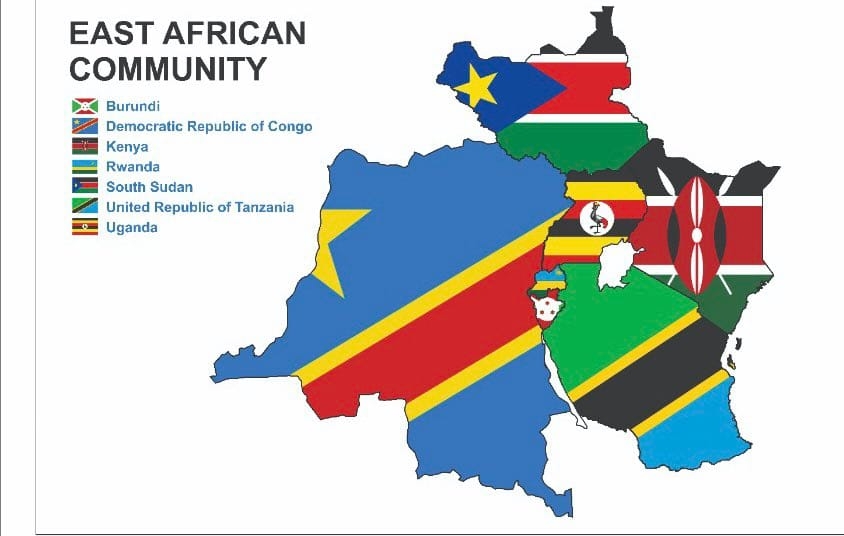
Stakeholders from Kenya’s tea sector have affirmed their
commitment to strengthening workforce skills development through the adoption
of the Dual Technical and Vocational Education and Training (TVET) model
following a high-level sensitisation meeting held in Kisumu.
Speaking during the forum, Obed Onduso, the Zonal Quality
Assurance Manager at KTDA lauded the collaboration with TVET institutions and
emphasised the agency’s commitment to equipping the youth with
industry-relevant skills.
“At KTDA, we
understand that the future of the tea industry depends on the quality of its
workforce, said Onduso.
“The partnership with TVET institutions under the Dual TVET
programme allows us to play an active role in shaping practical, hands-on
training that responds directly to the needs of our factories and farms. Some
of our members are already involved, and we encourage more of them to join us in raising
standards and preparing young people for meaningful careers in the tea sector,”
he noted.
The event brought together top management from tea factories
alongside key sector actors, including the Kenya Tea Development Agency (KTDA),
Kenya Tea Growers Association (KTGA), and the Independent Tea Producers
Association of Kenya (ITPAK), in collaboration with TVET institutions.
Currently, at least 7 tea factories in the Western and Rift
Valley regions are partnering with TVET institutions to provide young people
with on-the-job training and skills development through the Dual TVET model.
Jeff Kamau from the Dual TVET Coordination Unit, State
Department for TVET, reaffirmed the government's commitment to strengthening industry-academia
collaboration.
“We have moved from training for industry to training with
industry. This shift ensures that our training content is co-created with
employers and aligned to real workplace needs. I want to commend industry
players in the tea sector, agriculture and manufacturing who have already
partnered with TVET institutions to shape curricula, offer workplace training,
and support trainee assessments,” said Kamau.
He further noted that Dual TVET will play a key role in
advancing the goals of Vision 2030, Kenya’s national development blueprint, and
supports the broader agenda of economic empowerment for youth and marginalised
groups.
A panel discussion during the event explored critical skills
gaps and underscored the need for ongoing collaboration between training
institutions and the agriculture sector.
Several factory representatives expressed keen interest in
formalising partnerships with local TVET colleges, aiming to kick-start joint
training initiatives and industrial placements in the September intake.
The forum was supported through the ‘Promotion of Youth Employment and Vocational Training’ Programme, a four-year programme on Dual Training that is jointly financed by the Governments of Finland and Germany.
On his part, Horst
Bauernfeind, Project Manager for the Promotion of Youth Employment and TVET
programme, highlighted the importance of co-creating training pathways.
“We see great value in helping training institutions and
companies develop joint curricula. By aligning what is taught in schools with
what is needed in the industry, we make training more effective,” noted Mr
Bauernfeind.
“And the results speak for themselves. We have seen more
confident graduates, more satisfied employers, and a stronger link between
education and the job market.”


















